<< Previous | Displaying results 351-375 of 1243 for "Ghettos" | Next >>
Leon was the oldest of two boys born to a Jewish family in Zgierz, a central Polish town in the heart of Poland's textile producing region. The family lived at 15 Konstantynowska Street. Leon's father worked at a textile factory. At age 7, Leon began attending public school in the morning and religious school in the afternoon. 1933-39: On Friday, September 1, 1939, Leon's mother had just returned from the market when the family saw German planes. On Sunday they flew over again, lower, panicking the city.…
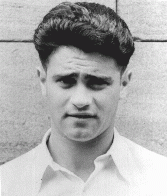
One of six children, Chinka was raised in a Yiddish-speaking, religious Jewish family in the town of Ostrow Mazowiecka, where her father was a wine maker. In 1910 she married Ephraim Isaac Felman, and a few years later the couple moved to Sokolow Podlaski, where Chinka helped her husband run a grain business. The Felmans had seven children, two of whom died in infancy. 1933-39: Chinka's husband died in 1935, and she took over the grain business with the help of her children. That same year, her oldest…
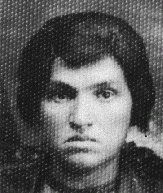
Raised by Yiddish-speaking, religious Jewish parents in the town of Pultusk in central Poland, Shmuel married in the late 1890s and moved with his wife, Gisha, to the city of Warsaw. Shmuel owned and operated a bakery on Zamenhofa Street. In 1920 the Bursztyns and their eight children moved to larger quarters in a two-bedroom apartment at 47 Mila Street in the Jewish section of the city. 1933-39: By 1939 six of Shmuel's children were grown and on their own. Only his youngest son and daughter still lived…
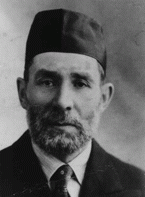
Pawel, a Roman Catholic, fled to Danzig, Germany, in 1914 to avoid conscription in the Russian army. Since Germany and Russia were at war, Pawel was arrested by the Germans as an enemy alien and sent to work on a farm in northern Germany. He met Anna Szachowska there, and they married in 1918. The couple moved to Warsaw where they raised 4 children. In 1930 Pawel opened a textile business. 1933-39: Despite the Depression, Pawel's business prospered and they expanded their operations. In 1938 some friends…
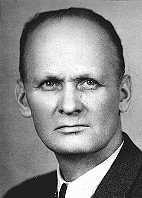
This paper tag identified bedding belonging to Alice (Lisl) Winternitz when she was deported from Prague, Czechoslovakia, to the Theresienstadt ghetto in June 1942.
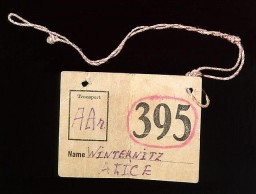
White armband with a Star of David embroidered in blue thread, worn by Dina Offman from 1939 until 1941 while in the ghetto in Stopnica, Poland.
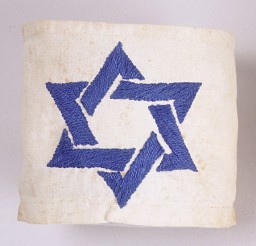
White armband with a Star of David embroidered in blue thread, worn by Dina Offman from 1939 until 1941 while in the ghetto in Stopnica, Poland.
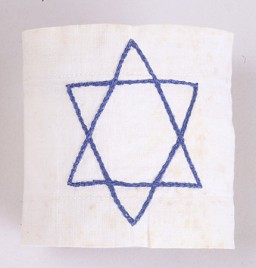
[This video is silent] German forces entered Warsaw in September 1939. The next month, they ordered the establishment of a Jewish council (Judenrat) in the city. They chose Adam Czerniakow, a member of Warsaw's old Jewish Community Council, to lead it. Here, for German newsreels, a German propaganda company stages a meeting between Czerniakow and petitioners from the ghetto. The Germans expected Czerniakow to implement German orders, including demands for forced labor and confiscations of Jewish-owned…
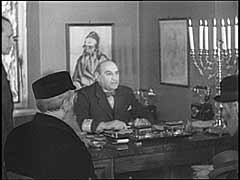
Madeline was born into a middle class family in an area of Czechoslovakia that was annexed by Hungary in 1938-1939. Her father worked out of their home and her mother was a homemaker. Madeline attended high school. In April 1944 her family was forced into a Hungarian ghetto. The family lived in the ghetto for two weeks before being transported to Auschwitz. Madeline and her mother were separated from her father and older brother. Neither her father nor brother survived the war. A week after arriving in…
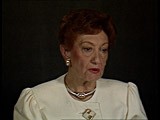
Like other Jews, the Lewents were confined to the Warsaw ghetto. In 1942, as Abraham hid in a crawl space, the Germans seized his mother and sisters in a raid. They perished. He was deployed for forced labor nearby, but escaped to return to his father in the ghetto. In 1943, the two were deported to Majdanek, where Abraham's father died. Abraham later was sent to Skarzysko, Buchenwald, Schlieben, Bisingen, and Dachau. US troops liberated Abraham as the Germans evacuated prisoners.
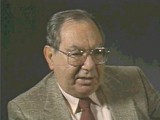
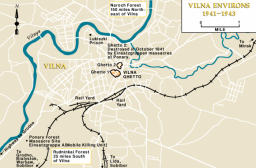
Jews deported from Prague, Czechoslovakia, move their belongings through the streets of the Lodz ghetto in occupied Poland. November 20, 1941.
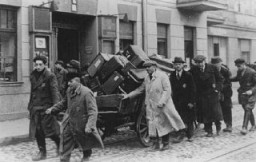
A Nazi decree issued in October 1941, in German and Polish, warns that Jews leaving the ghetto, or Poles who aid them, will be executed. Czestochowa, Poland.
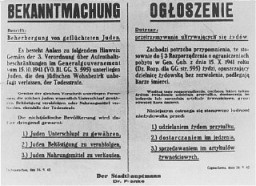





Raoul Wallenberg, a Swedish businessman assigned as a diplomat to Sweden's embassy in Budapest, led one of the most extensive and successful rescue efforts during the Holocaust. Supported by the American War Refugee Board (WRB) and the American Jewish Joint Distribution Committee, Wallenberg protected tens of thousands of Hungarian Jews, issuing documents testifying that the Jews were under the protection of neutral Sweden. Diplomats from other neutral countries also participated in the rescue effort. Carl…

Haika Grosman, one of the organizers of the Bialystok ghetto underground and participant in the Bialystok ghetto revolt. Poland, 1945.

Deportation of Jewish women from the Warsaw ghetto. Poland, 1942-1943.
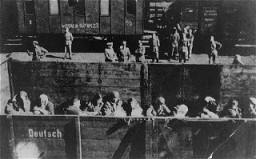
Mikhael Guebelev, organizer of the underground group in the Minsk ghetto. Soviet Union, date unknown.
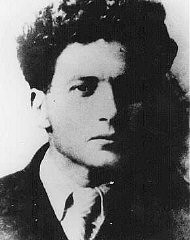
Map of Theresienstadt from an original document (1942-1945) and mounted in an album assembled by a survivor.
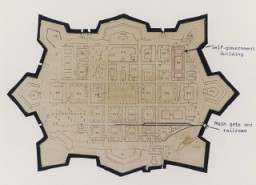
Children's painting showing of Jews celebrating Hannukah. This painting, which was probably drawn by either Michael or Marietta Grunbaum, was made in Theresienstadt and then pasted into a scrapbook by their mother shortly after liberation. Theresienstadt, Czechoslovakia, ca. 1943.
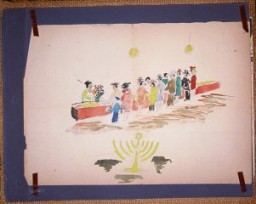
We would like to thank Crown Family Philanthropies, Abe and Ida Cooper Foundation, the Claims Conference, EVZ, and BMF for supporting the ongoing work to create content and resources for the Holocaust Encyclopedia. View the list of donor acknowledgement.